How many different types of contact lenses are there?
Updated MAR 19, 2023 • 9 min read

Summary in 30 seconds:
In this article, we take a deep dive into the world of contacts, elaborating on the different types of lenses, the different materials they’re made of, and their purposes.
In this article:
- 1st contact lens
- Modern contacts
- The Eye’s Surface & Contact Lenses
- Contact Lens Materials, Shape and Size
- Types of Contact Lens Materials
- Contact Lens Wearing Schedule
- Prescription Needs
- Specialty Lenses
Leonardo da Vinci and the 1st contact lens.
Leonardo da Vinci has been credited to be the first to conceptualize the idea of contact lenses. In 1508, drawings were published in the Codex of the Eye, Manual D which appeared to demonstrate the change in optical power when an eye comes directly in contact with water. [1]
Modern contacts = Same principle.
A modern contact lens uses this same optical principle. In addition, DaVinci appeared to suggest the use of water to interact with only one eye. [1] Correcting the vision in one eye for distance and the other for near is used today and is known as monovision.
In 2003, a French ophthalmologist, Robert Heitz, MD, PhD, carefully reviewed DaVinci’s drawings and texts. His conclusion was that DaVinci was trying to further his understanding of the eye’s optical system and not the discovery of contact lenses.[2,3]
While it may not have been Leonardo DaVinci’s brainchild, it has taken creative minds centuries to bring contact lenses from theory to successful everyday wear.

The eye’s surface & contact lenses.
The cornea is the clear front surface of the eye; the white part of the eyeball is known as the sclera. The conjunctiva is a thin, skin-like layer that lays over the sclera/episclera, and continues underneath the eyelids.
These structures need to be bathed in tears. There are many roles tears play in keeping vision clear and comfortable. [4,5] Tears supply oxygen and nutrients to the cornea. Tears wash away dust and debris.
Tears even have components that aid in healing and reduce the risk for infection. The eyelids act as windshield wipers spreading tears across the front surface of the eyes to provide a quality optical surface.
Supporting the health and function of the front surface of the eye is necessary for clear, comfortable vision…with or without contact lenses. Since contact lenses are placed on the front surface of the eye, it is only natural they have an influence on these structures and their functions.

Contact lens materials, shape and size.
Contact lenses come in a variety of shapes, sizes and materials. There are benefits to each of the various designs depending upon your prescription requirements and the contour of the front surface of the eye. [6,7] Other factors which influence the best choice of contact lens prescription include:
- Dry eyes
- Allergy eyes
- Previous refractive surgery
- Contact lens length of wear requirements
- A particular activity or sport needing the optical advantages of contact lenses
- Corneal oxygen requirements
- Underlying corneal syndromes/diseases
In the US, a prescription written by an eye doctor is required for contact lens wear. The reason for this is to avoid or to help to prevent serious sight-threatening adverse reactions from wearing contact lenses. As a medical device, contact lenses need to be properly fitted, and be continually monitored for healthy eyes and comfortable clear vision.
Types of contact lens materials
- Hydrogel: The main material found in the soft, pliable hydrogel contact lenses is poly(2-hydroxyethyl methacrylate) or poly-HEMA. The hydrogel material is water-loving. The water component of these lenses allows oxygen to travel through them.
Hydrogel lenses with a greater water content allows more oxygen to reach the cornea. For some people, these lenses still do not provide adequate oxygen for optimal corneal health. However, hydrogel lenses do provide good initial comfort and are available in a variety of prescriptions.
These lenses tend to be more affordable. Hydrogel lenses are offered as daily disposables, 2-week disposables, and planned monthly replacement. - Silicone hydrogel: The newer generation of soft contact lens material is silicone hydrogel (SiHy). The addition of silicone to a hydrogel lens, allows more oxygen to reach the cornea than a typical hydrogel lens.
The increased transmission of oxygen through silicon hydrogels potentially increases the length of wear these lenses can be worn. However, silicone hydrogels are more porous than standard hydrogels.
This means that deposits have more of an opportunity to build up on these lenses. Daily disposables can mitigate this problem. - Gas permeable semi-rigid lenses: Gas permeable semi-rigid lenses are fitted to the ocular surface with two different design models. Typically, both design models use silicone to facilitate oxygen flow through the lens.
Since gas permeable lenses are made of a semi-rigid material, there is an adaptation period. These lenses need to be worn on a regular basis for best comfort to be achieved. Often vision through gas permeable lenses is sharper than through soft lenses. - Gas permeable lenses (GP) are smaller than soft lenses, covering approximately 75% of the corneal surface. The lenses are designed to float on the film of tears that keep the cornea hydrated.
With each blink, tears carrying oxygen and nutrients are washed underneath the lens. Gas permeable lenses may be prescribed to help slow the progression of nearsightedness.[8] - Gas permeable scleral lenses: Scleral gas permeable lenses are larger than GP lenses, and are wider than the cornea. Scleral lenses have a central vault over the cornea and rest on the sclera.
These specialty lenses are most often prescribed for patients with an irregular corneal surface such as from trauma or surgical procedures; underlying cornea syndromes like keratoconus; or, dry eye syndrome. - Hybrid lenses: Hybrid lenses combine a central gas permeable lens with an outer periphery of soft lens.
These lenses are more quickly adapted to because of the soft outer area. Hybrid lenses are a good option for higher amounts of astigmatism correction and for an irregular cornea surface. - Hard lenses PMMA (polymethyl methacrylate): In the 1970s, contact lenses made their debut using PMMA, a hardened, shatter resistant plastic. Oxygen cannot flow through the PMMA material.
For oxygen to reach the cornea, it must flow under the lens via the tear film. Because of the cornea’s oxygen requirements, these lenses have become obsolete. The PMMA material still has useful orthopedic and dental applications. PMMA is also known as acrylic or plexiglass.

Contact lens wearing schedule
- Daily wear: Daily wear lenses are worn only during waking hours. Some are single-use daily disposable lenses while others offer 1-week, 2-week or monthly replacement schedules.
Custom soft and conventional lenses may last 6 – 12 months. Conventional soft lenses are not prescribed often because wearing a daily lens over a period of months allows deposits, proteins and allergens to build up. This increases the chance of developing trouble with oxygen flow, comfort and infection.
Daily wear lenses need to be cleaned and disinfected after each use except for daily disposables which are thrown out after they are used once. - Extended and Flex wear: Silicone hydrogel lenses have been approved for 6 nights of continuous wear. However, just because a lens has been okayed for overnight wear, doesn’t mean the lenses have to be left on the eyes while sleeping.
In fact, many doctors recommend extended wear lenses to be taken out at night to give the cornea time to recover. Some jobs require long hours like nursing, or need to be vision ready like fire fighters so wearing an extended wear lens makes sense.
The cornea needs an adequate supply of oxygen to remain healthy. The amount of oxygen required varies from person to person. Contact lens overwear and decreased oxygen supply may result in a sight threatening corneal ulcer. Follow up eye examinations allow the doctor to monitor the effects of contact lens wear on the health of your eyes.
Most popular contact lens brands.
Prescription needs
- Spherical lenses: A spherical contact lens is prescribed for nearsightedness or farsightedness. There is no correction for astigmatism. The power of the contact lens is the same 360º.
- Toric lenses: Toric lenses are prescribed to correct astigmatism. The astigmatism correction is combined with a nearsighted or farsighted correction, as needed.
If you think of a contact lens like a clock face, the power of a toric lens at noon/six o’clock is not the same as the 3/9 o’clock power. Essentially, there are two different prescriptions built into one lens. Brands such as Acuvue Oasys provide lenses or astigmatism needs. - Bifocal/Multifocal: Through the years, the eyes are eventually not able to change focus from distance vision to reading vision. This is known as presbyopia.
Bifocal and multifocal contact lenses may be a good option to discuss with your doctor. These may take a longer amount of time to be fit properly. Another option for presbyopic vision is monovision. - Monovision: The vision in one eye is clear in the distance and the vision in the other eye is clear at reading distance. Typically the dominant eye is set for clear distance vision.
Monovision is nice for an evening out without glasses but not for playing sports or driving, especially at night, when judgment of distance and depth perception is critical.

Last but not least: Specialty lenses
- Orthokeratology (Ortho-K): Ortho-K uses a series of gas permeable lenses to reshape the cornea. These lenses, worn at night, flatten the cornea so that vision can be clear during the daytime without the use of contacts or glasses.
This is mainly used for patients with low to moderate amounts of nearsightedness or youths developing nearsightedness. [9] - Decorative lenses: In the US, all contact lenses are considered a medical device which needs to be fitted by a licensed doctor. To avoid serious sight-threatening consequences, all contact lenses must fit well, be properly cleaned and disinfected whether for vision correction or decoration.
Published March 9, 2023|Updated March 19, 2023
SOURCES

Related articles

20/20 Vision: What Does it Mean?
What Is 20/20 Vision? What It Is and the Best Tips to Support Eye Wellness.
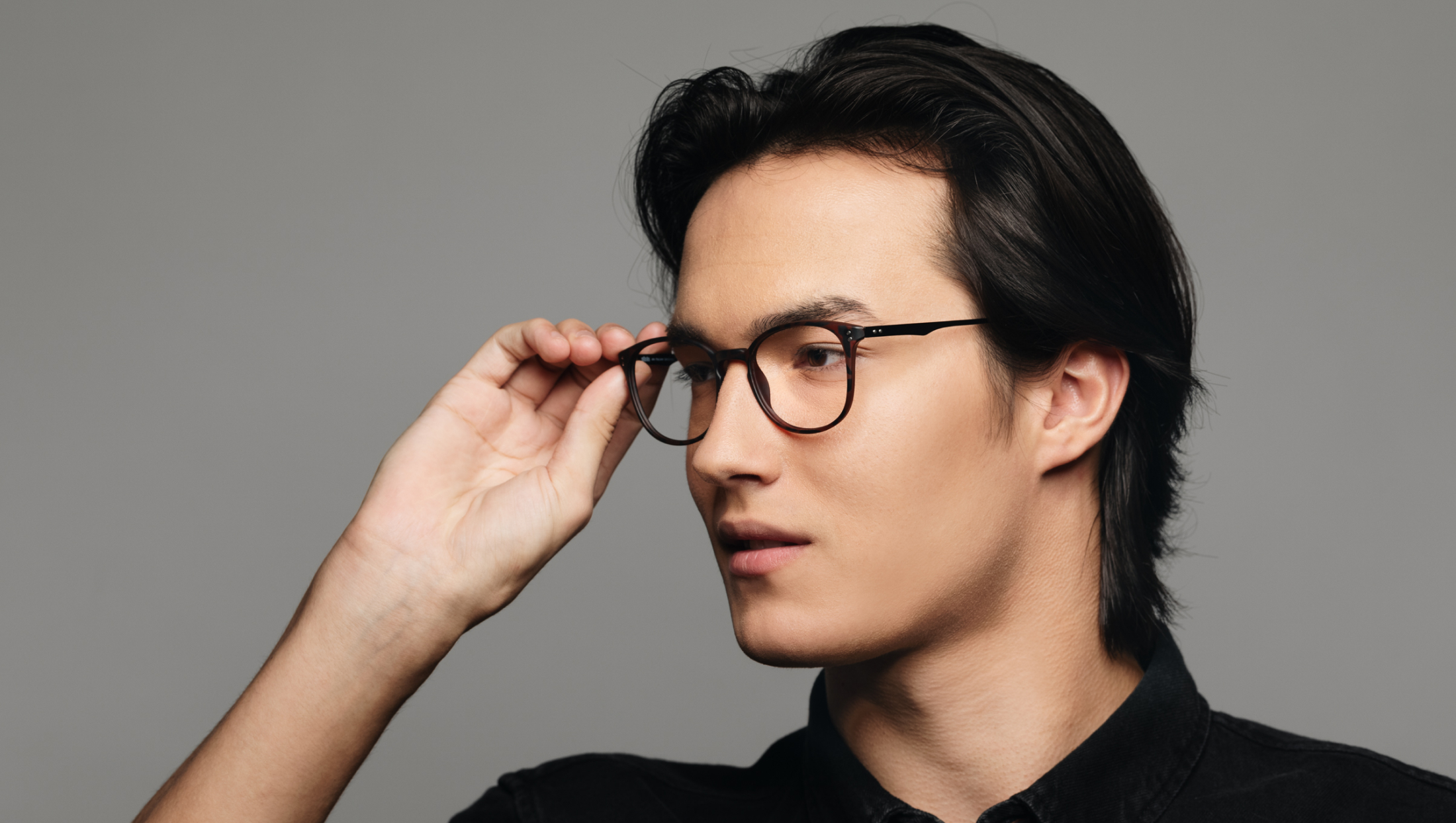
What is Vision Therapy?
What visual skills are, is it possible to train those skills, and what visual therapy has to do with it.

Why Are My Eyes Red?
Why Are My Eyes Red? Reasons Your Eyes Might Be Red and Tips to Keep Them Healthy.
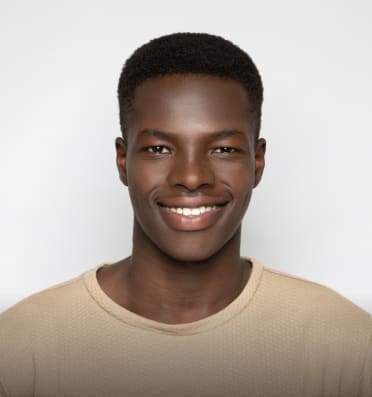
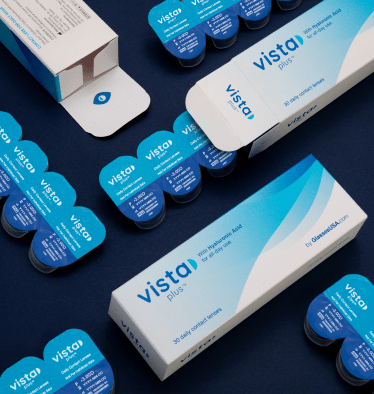
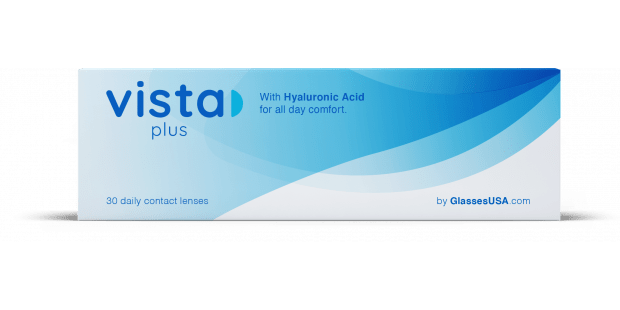 Vista Plus
Vista Plus
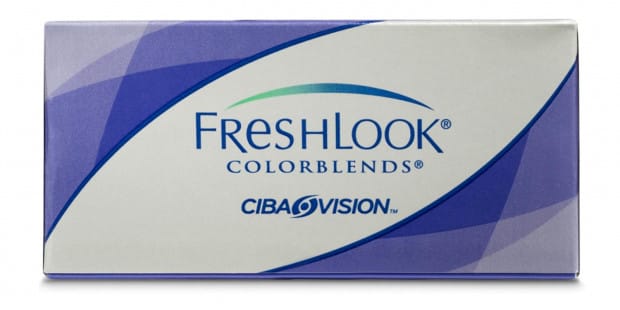 FreshLook
FreshLook
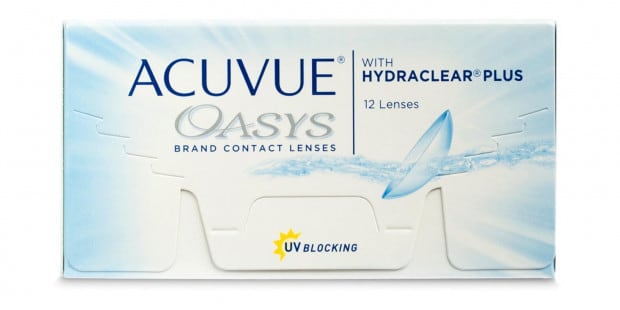 Acuvue Oasys
Acuvue Oasys
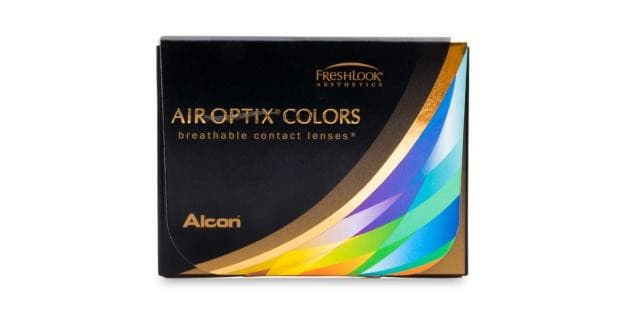 Air Optix Colors
Air Optix Colors
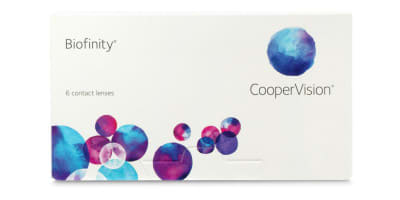 Biofinity
Biofinity
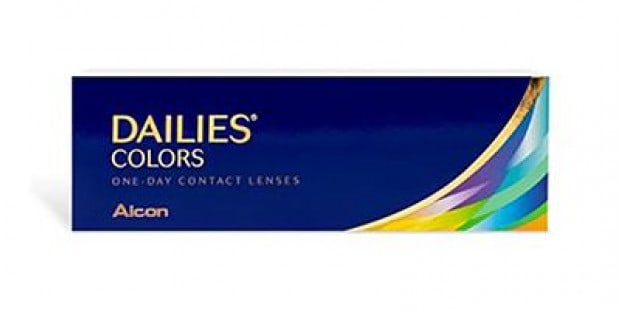 Dailies
Dailies

